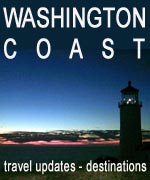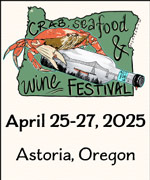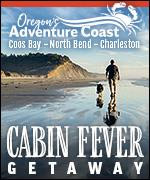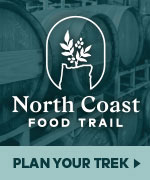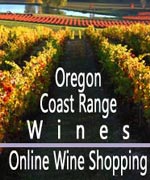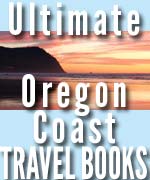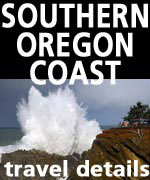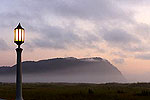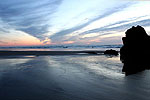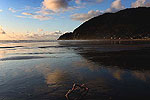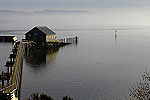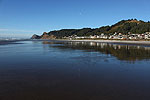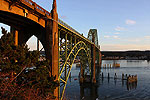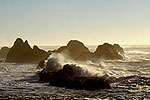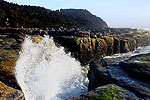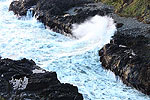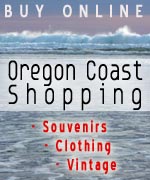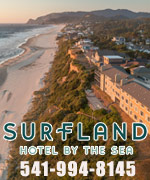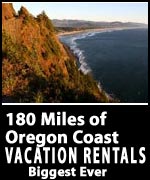Sperm Whales Have Distinct Languages, Culture, Oregon Coast Researcher Finds
Published 09/26/22 at 6:00 PM
By Oregon Coast Beach Connection staff
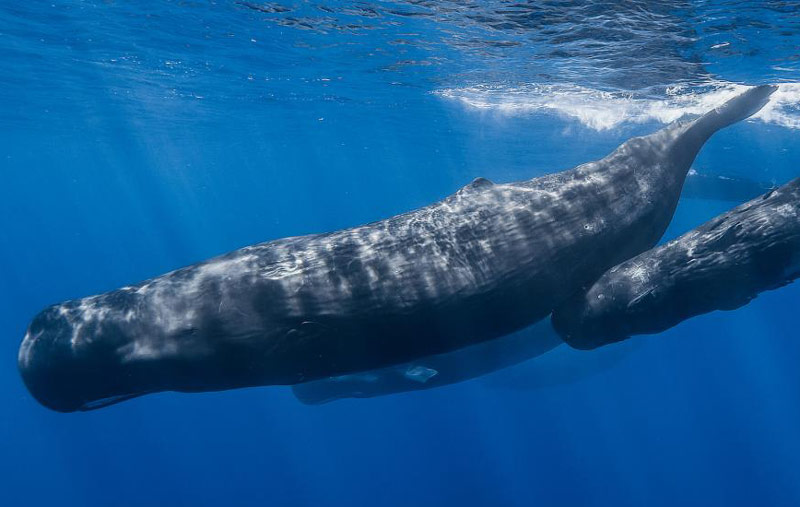
Includes exclusive listings; some specials in winter
In Cannon Beach:
Includes rentals not listed anywhere else
In Manzanita, Wheeler, Rockaway Beach:
Some specials for winter
In Pacific City, Oceanside:
Some specials for winter
In Lincoln City:
Some specials for winter
In Depoe Bay, Gleneden Beach:
Some specials for winter
In Newport:
Look for some specials
In Waldport
Some specials for winter
In Yachats, Florence
Some specials for winter
Southern Oregon Coast Hotels / Lodgings
Reedsport to Brookings, places to stay; winter deals
(Newport, Oregon) – Sperm whales off the Oregon coast and elsewhere in the Pacific Ocean have a unique way of communicating that identifies each other. These great leviathans can speak to one another and have a distinct culture, according to a team of scientists that included an Oregon State University researcher. (Photo courtesy Hatfield Marine Science Center)
There are vocalizations that sperm whales emit, a kind of language that is more akin to “identity codes,” and these help show the whales which clans they belong to. It's a remarkable find, showing that there are symbolic markers of different social groups and proving there is a form of culture shared among them.
The findings came from one Oregon coast researcher as well as numerous others from various nations. Mauricio Cantor, assistant professor in OSU’s Marine Mammal Institute, is a co-author on the study, published last week in PNAS (Proceedings of the National Academy of Sciences of the United States of America).
The Marine Mammal Institute operates out of the Hatfield Marine Science Center on the central Oregon coast.
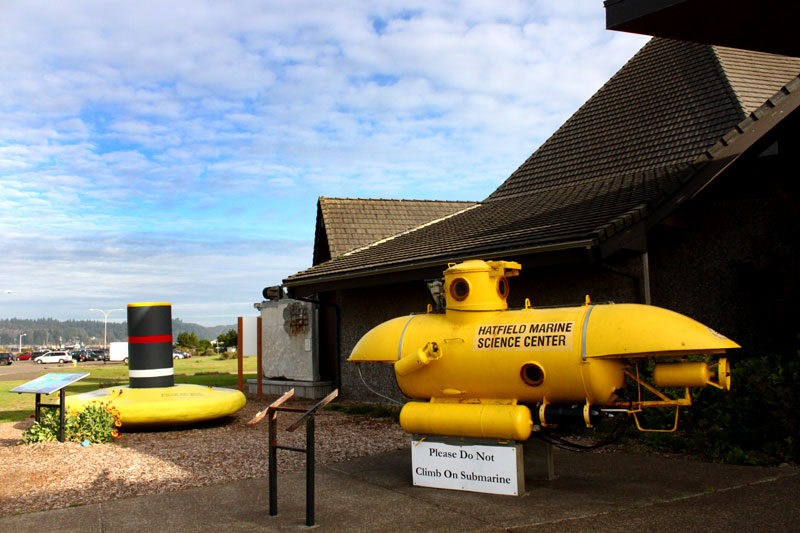
Hatfield Marine Science Center (photo copyright Oregon Coast Beach Connection)
“They’re all kind of using the same language, but phrasing things slightly differently,” said Cantor. “As symbolic markers, the identity codas would serve as a flag: an arbitrary but useful way to advertise membership of a particular group.”
These vocalizations are described as sequences of Morse code-like clicking sounds that are varied and differ between clans. Cantor likened them to the wearing of football jerseys: they show which fans are from which fanbase, especially useful if no one knows you.
Cantor said the codas show a whale culture that is learned and passed down through generations. Calves are not born with the knowledge, but eventually learn by emulating adults in their clan. They are consistent form of language as well, having stayed the same over time. Recordings were made starting in 1978 in a wide range across the Pacific, from Tonga and Japan down to South America.
“The bigger picture here is this gigantic gap that we perceive (or insist on perceiving) between humans and everything else on Earth,” Cantor said. “One of the main things that used to separate us is the ability for humans to have culture. This notion is slowly being eroded over time with studies showing that animals do learn, and they pass that information on, which can become little traditions that are stable over time.”
During the research, teams were able to discover one new clan among the whale population, and they learned more about two rather unknown groups. It raised the number from four known clans to seven wandering the regions off the Oregon coast, Washington coast, Russia, Japan and South America.
Also an interesting find: whale clans that were more isolated and interacted less with other clans used the clicking languages less. Those bumping into others more often used the codas more.
Sperm whales inhabit all the oceans of the world, but along the Oregon coast and Washington coast they are more often seen from March through November. They are not seen from land often, however, because they normally wander deeper areas, mostly spotted by boats a ways out.
Not much is known about the sperm whale population, but it is estimated there are some 2,000 living off the west coast, including California through the Oregon and Washington coastlines. MORE PHOTOS BELOW
Oregon Coast Hotels in this area - South Coast Hotels - Where to eat - Maps - Virtual Tours
Cannon Beach Lodging
Nehalem Bay Lodgings
Manzanita Hotels, Lodging
Three Capes Lodging
Pacific City Hotels, Lodging
Lincoln City Lodging
Depoe Bay Lodging
Newport Lodging
Waldport Lodging
Yachats Lodging
Oregon Coast Vacation Rentals
Oregon Coast Lodging Specials
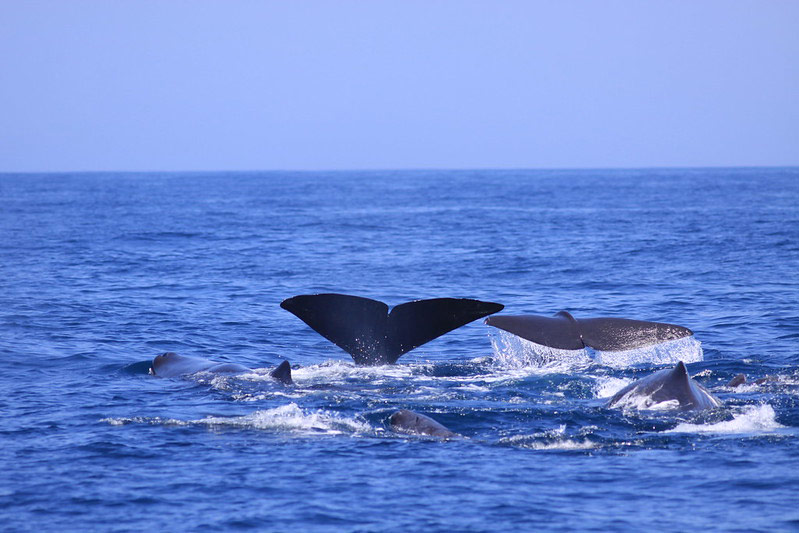
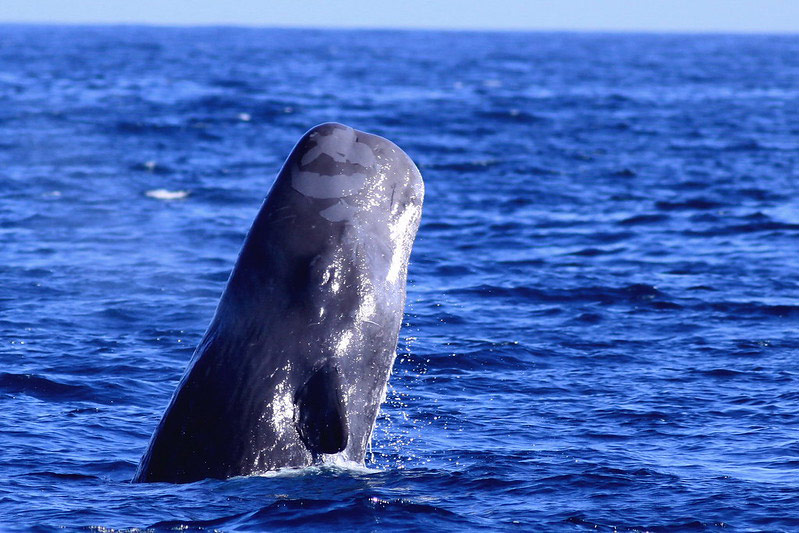
Photos above courtesy Hatfield Marine Science Center, taken in Galapagos
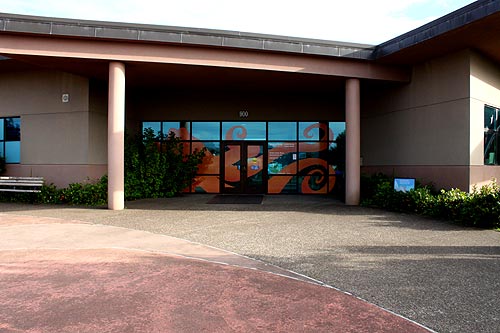
Hatfield photo Oregon Coast Beach Connection
More About Oregon Coast hotels, lodging.....
More About Oregon Coast Restaurants, Dining.....
LATEST Related Oregon Coast Articles
For 100 years now, Shore Acres Garden has created a quiet spectacle
Hazardous 'Bump' in Oregon Coast Range Finally Getting Integral Fix
The slide area near Seaside will be repaved. Trafficm weather
Central Oregon Coast's Summerlike Sept and Oct Getting Booked Up - Some Renta...
Lincoln City's Keystone: brief rental openings in Sept, slightly more Oct. Lincoln City hotel reviews. Depoe Bay hotel reviews
NASA Announces First Evidence of Life on Mars in Possible Biosignature
In a former riverbed billions of years old, they found spots with interesting compounds. Astronomy
Portland, Oregon - Beaverton, Oregon Weather and Alerts | Current Conditions,...
Current weather conditions and alerts for Portland and Beaverton
US Coast Guard Calls Off Search for 79-Year-Old Woman Missing in Washington C...
She had been kayaking near Westport
UPGRADED: Tsunami Advisory Issued for Oregon Coast / Washington Coast After R...
Updates. For entire west coast: some kind of wave or set of waves are coming. Get off beaches. Weather, Sciences, events
SOLVE Cleanup Happens Along Oregon Coast, Inland Sept 20 Through 28
SOLVE is inviting volunteers to take part. Brookings events, Gold Beach events, Port Orford events, Coos Bay events, Bandon events, Florence events, Yachats events, Newport events, Lincoln City events, Rockaway Beach events, Manzanita events, Cannon Beach events, Seaside events, Astoria events
Back to Oregon Coast
Contact Advertise on Oregon Coast Beach Connection
All Content, unless otherwise attributed, copyright Oregon Coast Beach Connection. Unauthorized use or publication is not permitted





